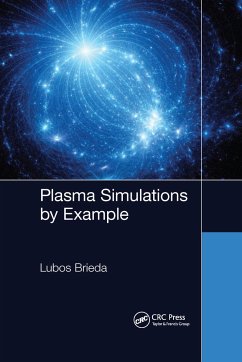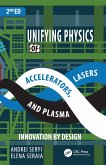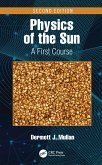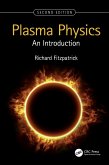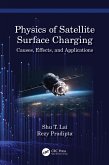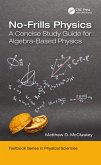Providing the reader with an easy to follow set of examples, this new book guides readers how to develop C++ computer codes for simulating plasmas primarily with the kinetic Particle in Cell (PIC) method. This text would be invaluable to advanced undergraduates and graduate students looking to learn how to put the theory to the test.

